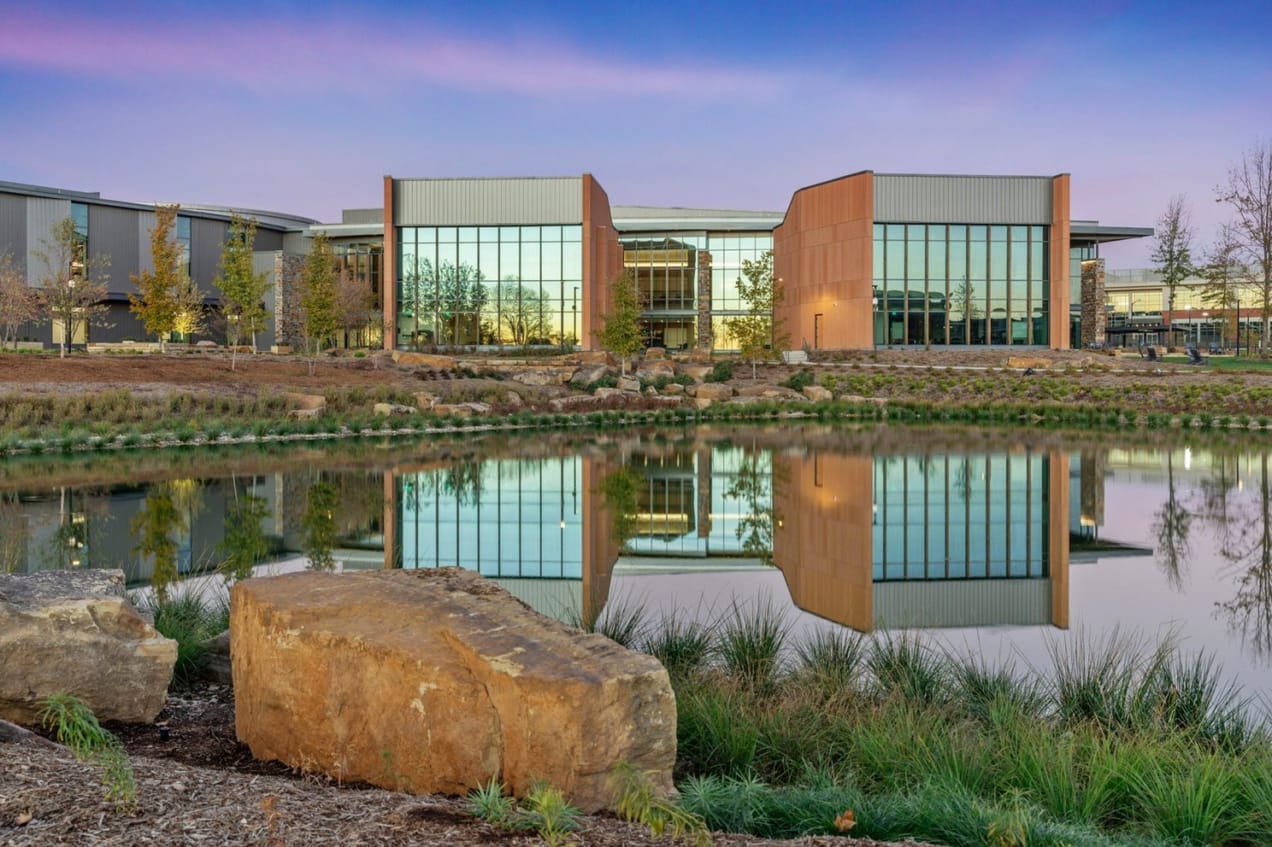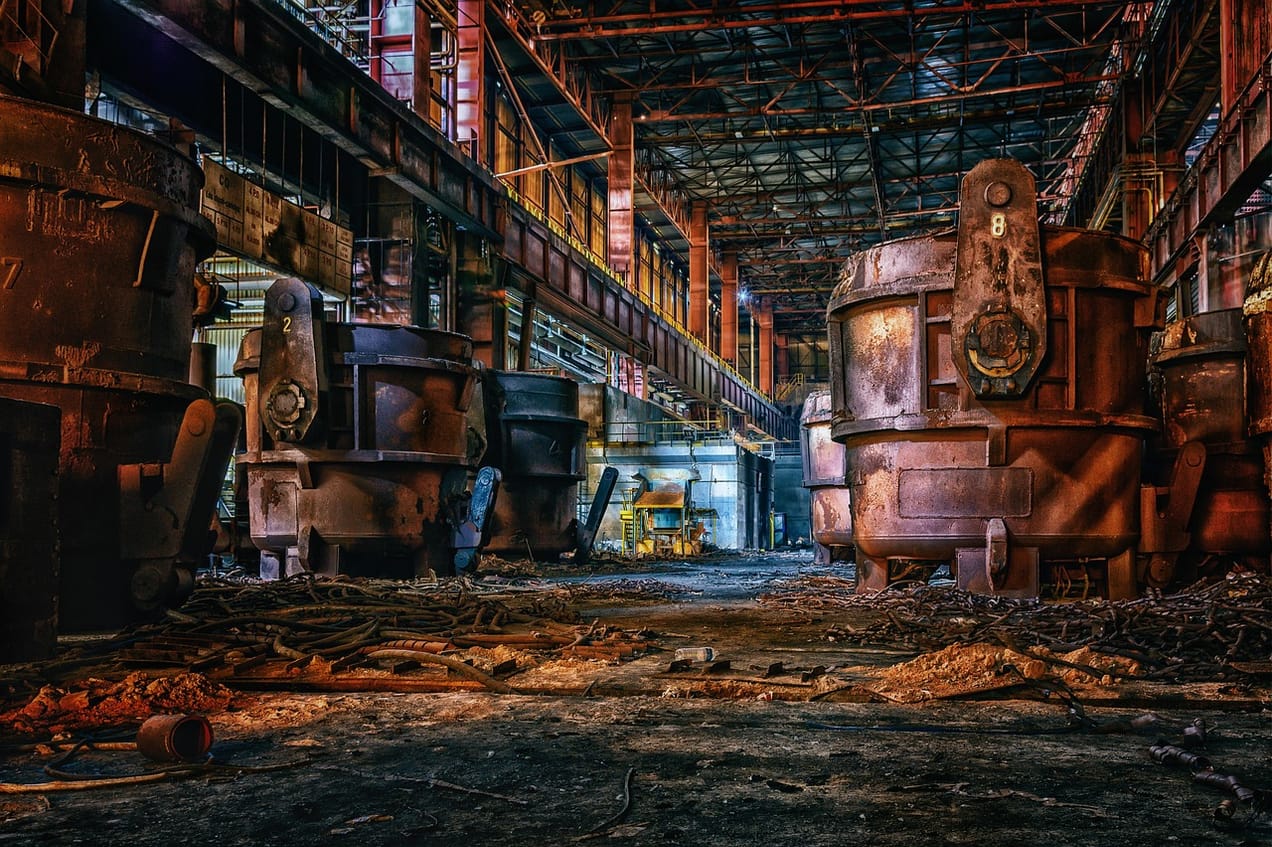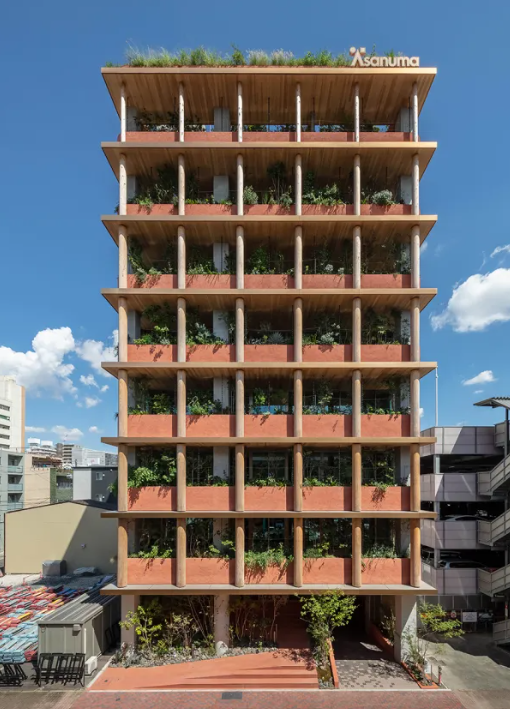
Retrofit from liability to asset
Existing materials offer the potential to transform existing buildings into carbon stores.
Summary: Deep energy retrofitting has the potential to significantly reduce greenhouse gas emissions (GHGs) from the built environment, particularly from operating emissions and even transform existing buildings into carbon stores. The materials exist to do it, potentially offering solutions for new builds too. Includes summary of a report by RMI looking at 24 existing exterior insulation systems, analysing their 'cradle-to-gate' GHG emissions
Why this is important: As well as the reduction in emissions upstream, this type of improvement can also make buildings more cost effective to operate and maintain as well as making them more inclusive through better affordability. A focus on buildings efficiency is, for example, one of the proposals for reducing GHGs by at least 55% by 2030 as part of the EU's 'Fit for 55' package.
The big theme: The built environment, encompassing residential and commercial buildings, communal areas such as parks, and supporting infrastructure such as energy networks, mobility, and water supply, is an important sustainability theme. It is an integral part of societal existence and a major resource consumption problem (40% of global raw materials) and decarbonisation problem (40% of energy-related GHG emissions) that needs investor, government, business and consumer attention.

The details
When looking at the built environment there are broadly four phases:
- Design: taking the requirements of the ultimate user of a building or structure and translating them into a practical plan for construction and operation, encompassing a number of disciplines to ensure that all of the required systems work together.
- Construction / Deconstruction: taking raw materials and resources and assembling them to produce a building or facility that is ready for occupation and use; and the opposite: demolishing a structure safely and disposing of the resulting waste materials.
- Operation: activities enabling the building or structure to fulfil its function. The two main areas are 'thermal regulation' (keeping the environment at an appropriate temperature) and 'powering activities' (enabling us to do stuff in those facilities like running a washing machine or running a computer).
- Interaction: how individual buildings and structures are linked together, either physically or through systems like roads, energy and communication, acting as a single ecosystem.
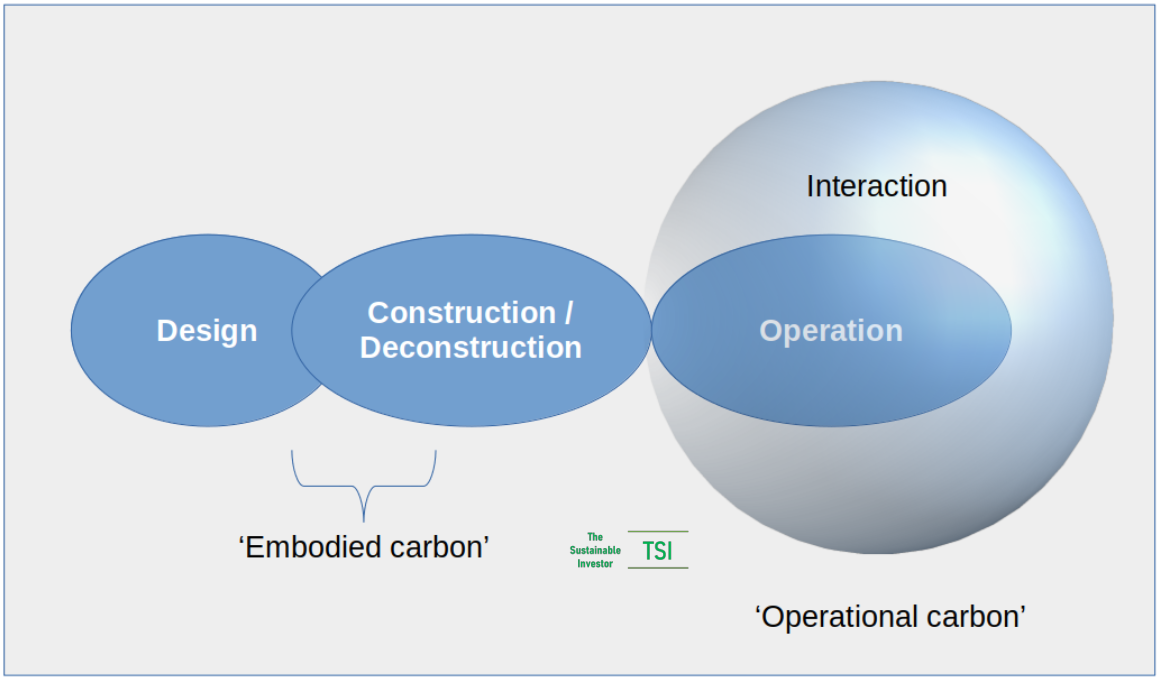
'Embodied carbon': emissions are produced largely from the energy that is used to extract materials, transport them, and then transform them into useful construction items, remembering that the processes of transformation can produce GHG emissions too. In other words, it is the act of creation. There are also emissions from the act of deconstruction or demolishing buildings when they are no longer useful. Contributes around 11% of global emissions.
'Operational carbon': emissions from the consumption of resources when the building or facility is in use and are much bigger than embodied carbon at around 28% of global emissions.
Enabling low-carbon, cost efficient solutions across all phases can have significant impacts on reducing harmful emissions, our health, well-being and equity & inclusion (as costs become more manageable). As climate change and climate-induced migration is steadily and significantly increasing the number of people exposed to extreme weather, including heat stress, this becomes even more important.
Summary of a report from RMI
Eva Rosenbloom, Chris Magwood, Heather Clark, and Victor Olgyay, Transforming Existing Buildings from Climate Liabilities to Climate Assets, RMI, 2023
The RMI team looked at 24 existing exterior insulation systems, analysing their 'cradle-to-gate' GHG emissions (or to the point of delivery to site) and found that their embodied carbon varied from 12.61 kg CO2e per square foot (for a 'panel system with aluminium frames, metal cladding and mineral wool insulation') to minus 1.59 kg CO2e per square foot (for 'field applied exterior insulation and finish system (EIFS) with wood fibre insulation') - or in other words the insulation system acted as a carbon store.
Deep energy retrofitting using such insulation systems can reduce the ongoing energy requirements for heating (in the case of cold and mixed-humid climates) and therefore reduce operating emissions. Those operating emissions reductions can be realised in less than four years in these climates and, with the right materials, those reductions can be realised immediately with the renovated building actually storing carbon. The report briefly discusses 'biogenic materials (plant-based)' including agricultural fibres and residue, purpose-grown crops, lab-grown materials (e.g. mycelium and algae-based), and timber. It also looks at 'mineral materials' including biochar, biomineralisation, and waste CO2 materials from industrial sources such as cement manufacture that could be captured and stored in concrete for example.
If high-embodied-carbon materials are used however, the up-front embodied carbon emissions of renovating the building effectively offset any operating emissions reductions for for seven years, which pushes back any climate benefits from doing the retrofit.
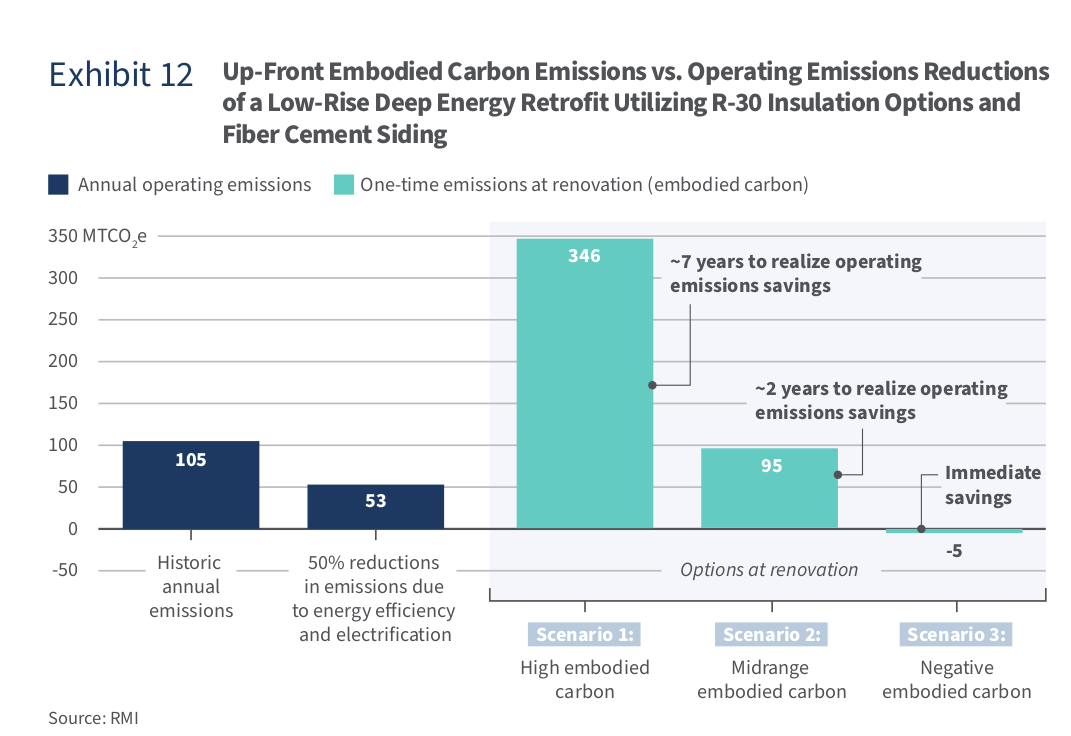
The report features a number of carbon storage case studies where the retrofits resulted in the buildings storing carbon including De Roomley Sports Hall (Netherlands) which used prefabricated 'wood boxes' with agricultural residue insulation. The almost 30,000 kg of straw used in the retrofit stores 46,000 kg of CO2 whilst the wood fibreboard stores an additional 6,200 kg of CO2.
Heating Degree Day (HDD): a measure of how cold the temperature was on a given day compared to a standard temperature (65oF in the US, 15.5oC in the UK, IEA uses 16oC, for example).
Cold Climate (in the RMI report): region with between 5,400 and 9,000 HDDs (65°F basis)
Mixed-humid climate: region with less than or equal to 5,400 HDDs (65°F basis) and the monthly outdoor temperature falls below 45oF during the winter. In addition it receives more than 50 cm of annual precipitation (rain, sleet, snow etc).
Why this is important
Around 75% of the energy-related GHG emissions from the built environment are from the 'Operation' phase or almost 30% of overall GHG emissions. The energy generated upstream is consumed downstream in the built environment. If we can lower consumption, then we can lower generation which in turn should lower harmful emissions (even before we talk about the mode of power generation). We can go further and subdivided 'consumption' into 'usage' + 'wastage' or in other words what we use usefully and what is lost to the universe (or used up un-usefully!). 'Usage' and 'wastage' can both be lowered through improvements in efficiency which can be both active and passive, and through behavioural changes (for example, resetting what we assume to be a comfortable temperature). As well as the reduction in emissions upstream, this type of improvement can also make buildings more cost effective to operate and maintain as well as making them more inclusive through better affordability. A focus on buildings efficiency is, for example, one of the proposals for reducing GHGs by at least 55% by 2030 as part of the EU's 'Fit for 55' package.
In a 'Deep energy retrofit' the building gets a super insulated shell and fossil fuels are eliminated from the buildings through electrification (e.g. heat pumps), additional energy efficiency measures such as buildings management systems and renewable energy. Air quality and thermal comfort can be improved and, because the resultant building needs less from the grid, they can also show greater resiliency during power outages.
The findings that some materials can actually turn buildings into carbon stores is important especially when considering that most materials used will have expected life spans of between 30 and 80 years which would take us well beyond 2050. That is quite a critical transition period where in addition to the opportunity carbon cost of not building new structures in the current way. When buildings are no longer fit for their original purpose, do they actually need to be demolished or can they be retrofitted even reusing materials from existing constructions? And can their environmental (and economic) performance actually be improved upon in the process? 👇🏾
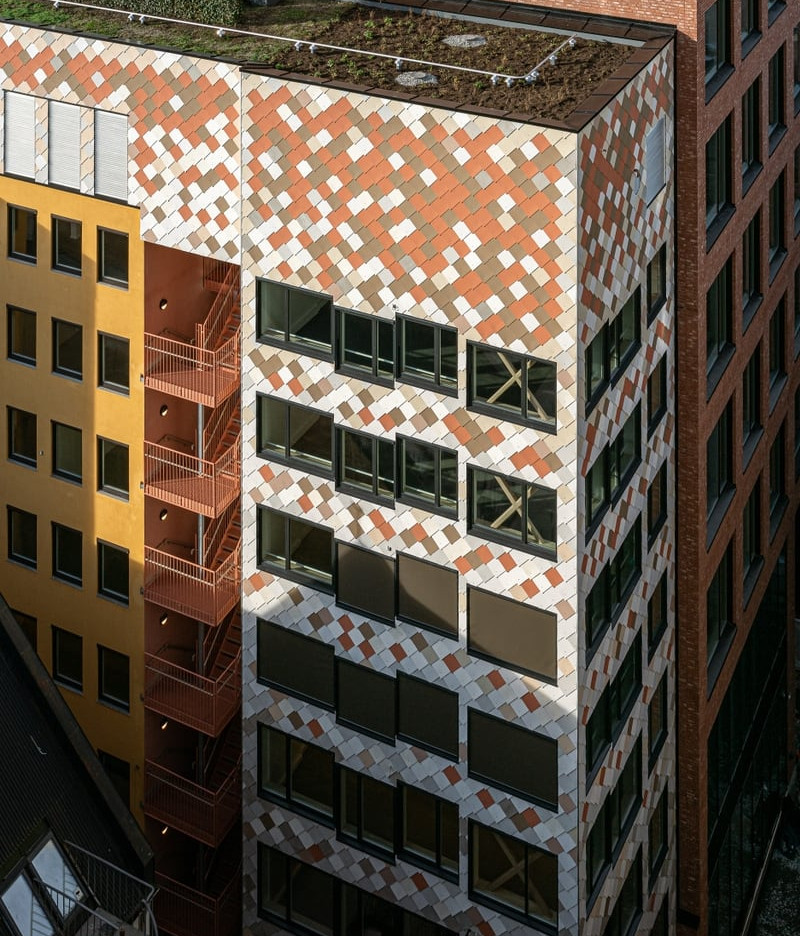
Finally there is also a financial valuation argument. A study of almost 600 central London transactions in a five-year period by global real estate consultant JLL found that buildings with better sustainability credentials are achieving markedly higher capital values and rents 👇🏾

Something a little more bespoke?
Get in touch if there is a particular topic you would like us to write on. Just for you.
Contact us
Please read: important legal stuff.

